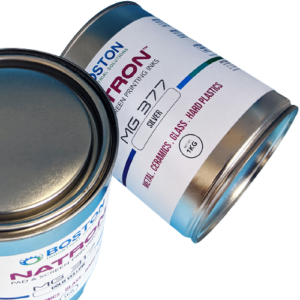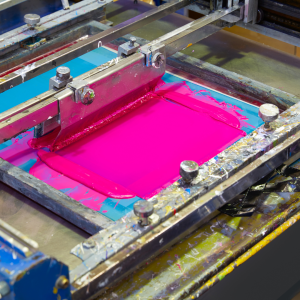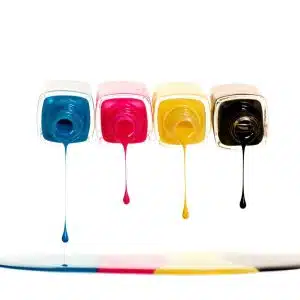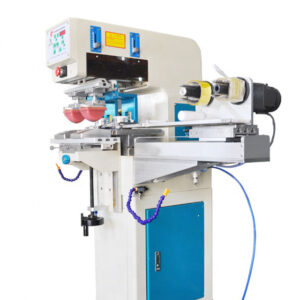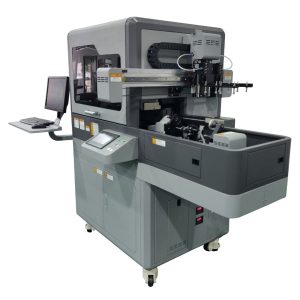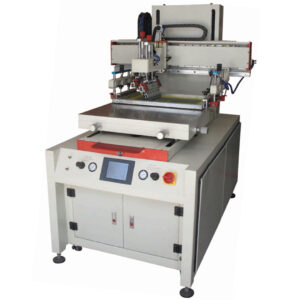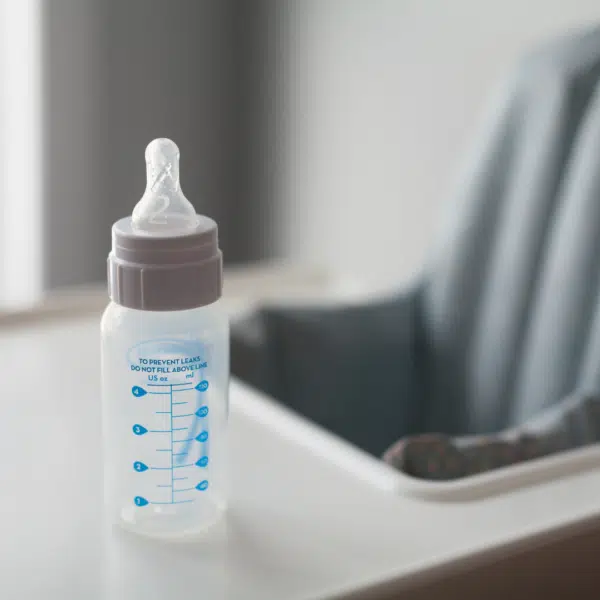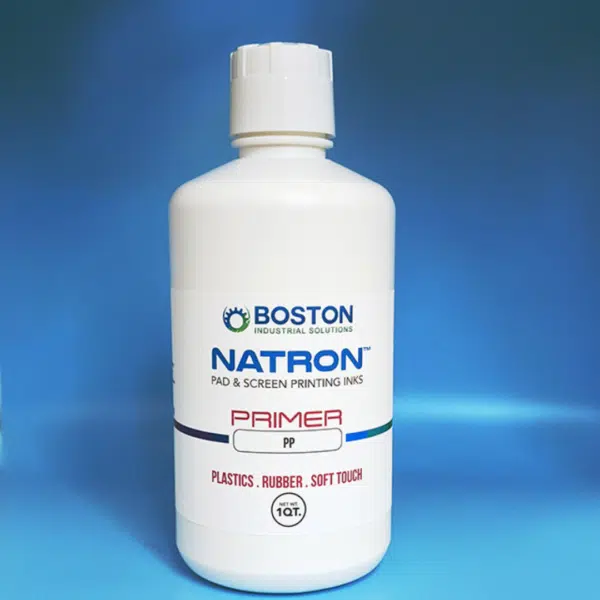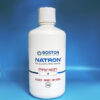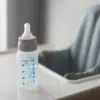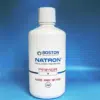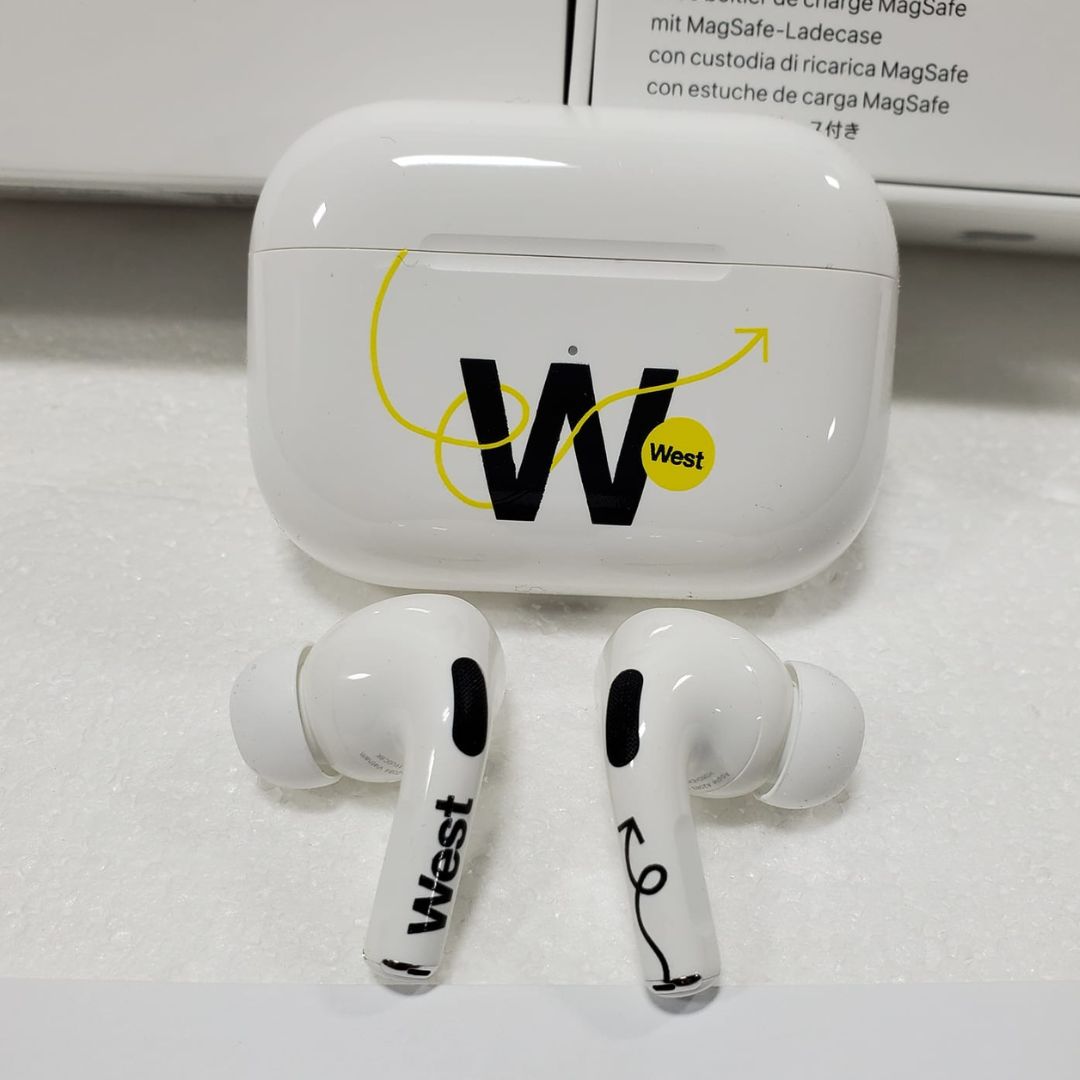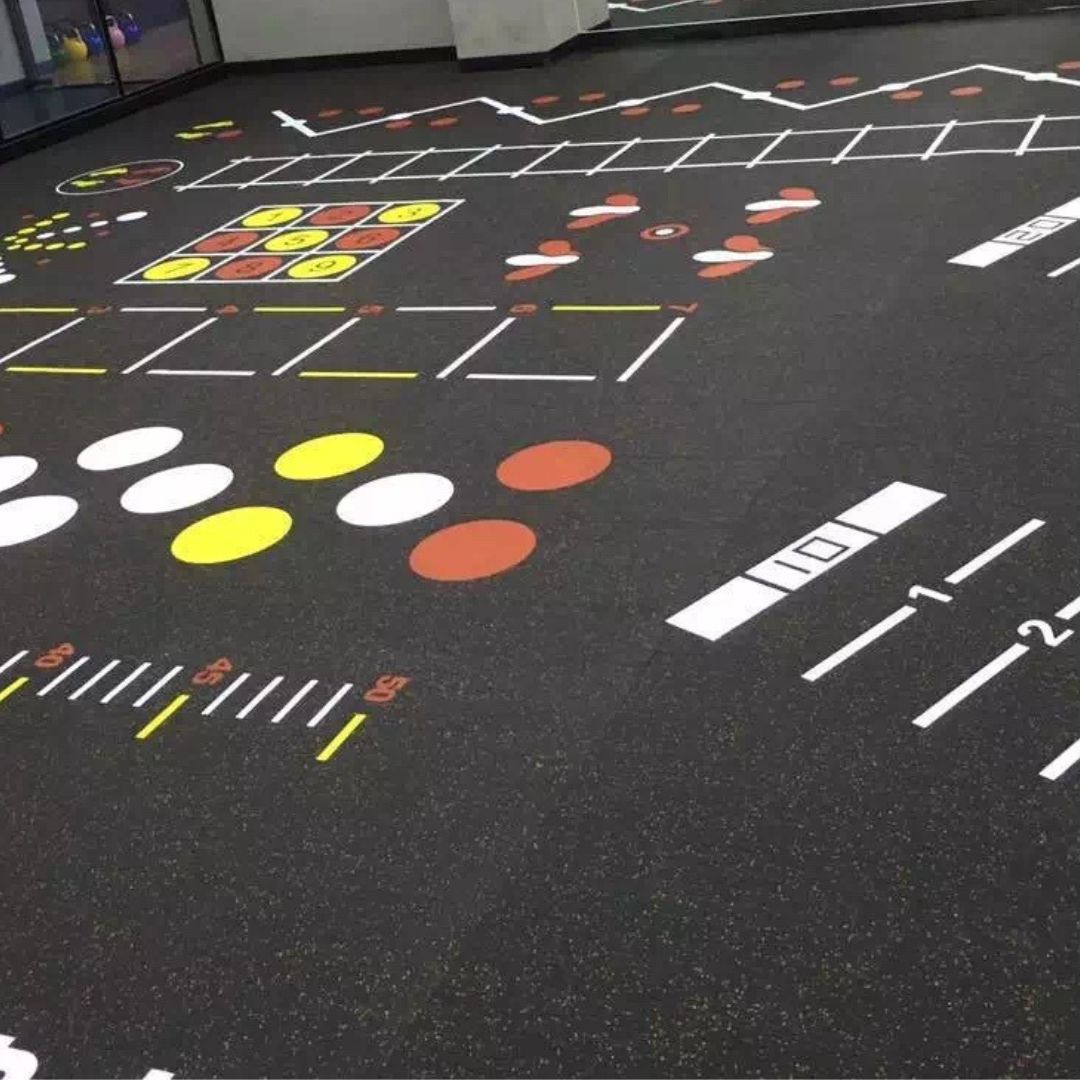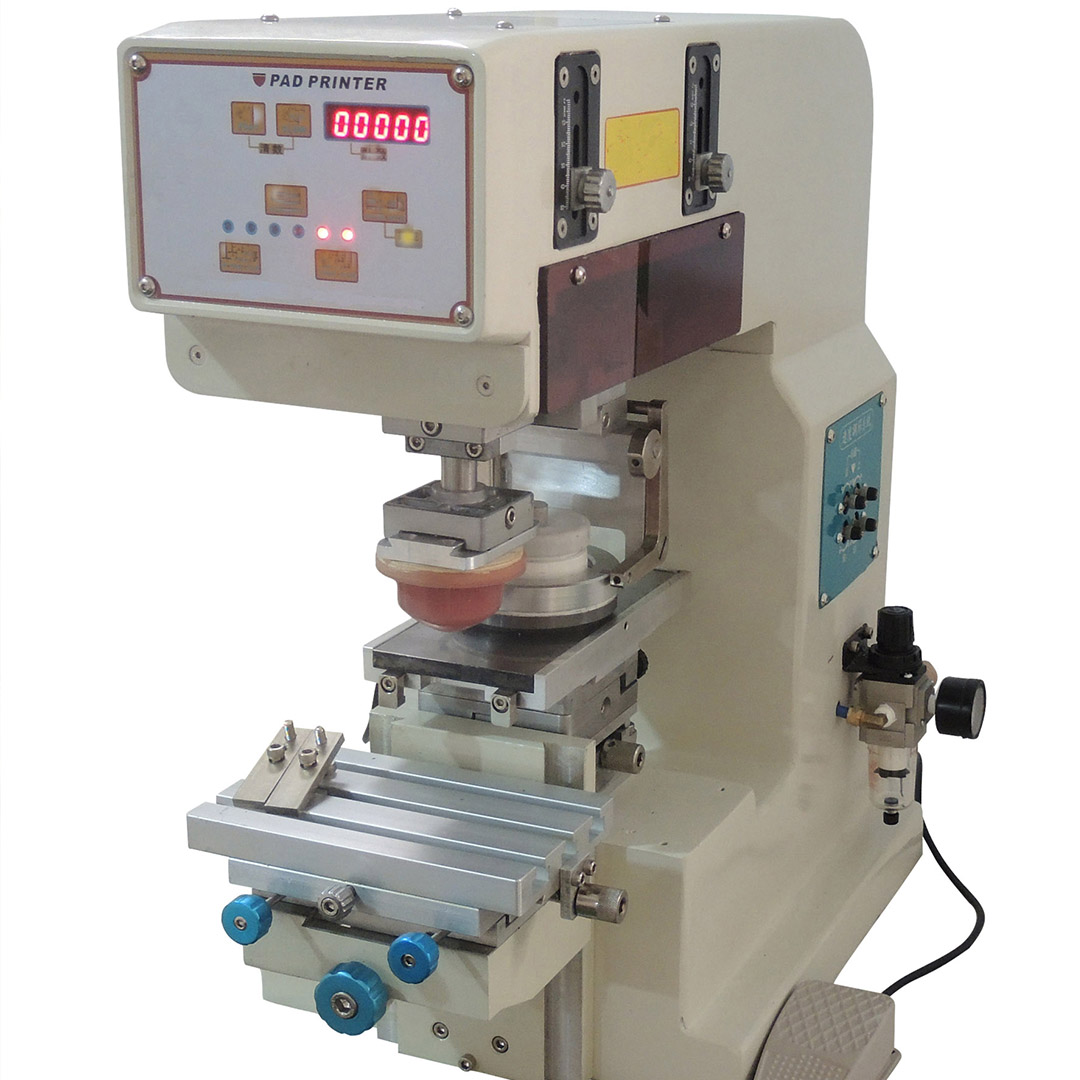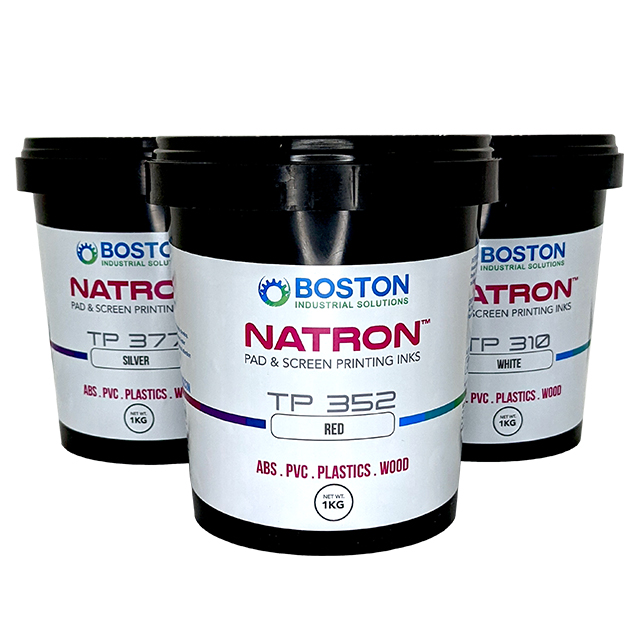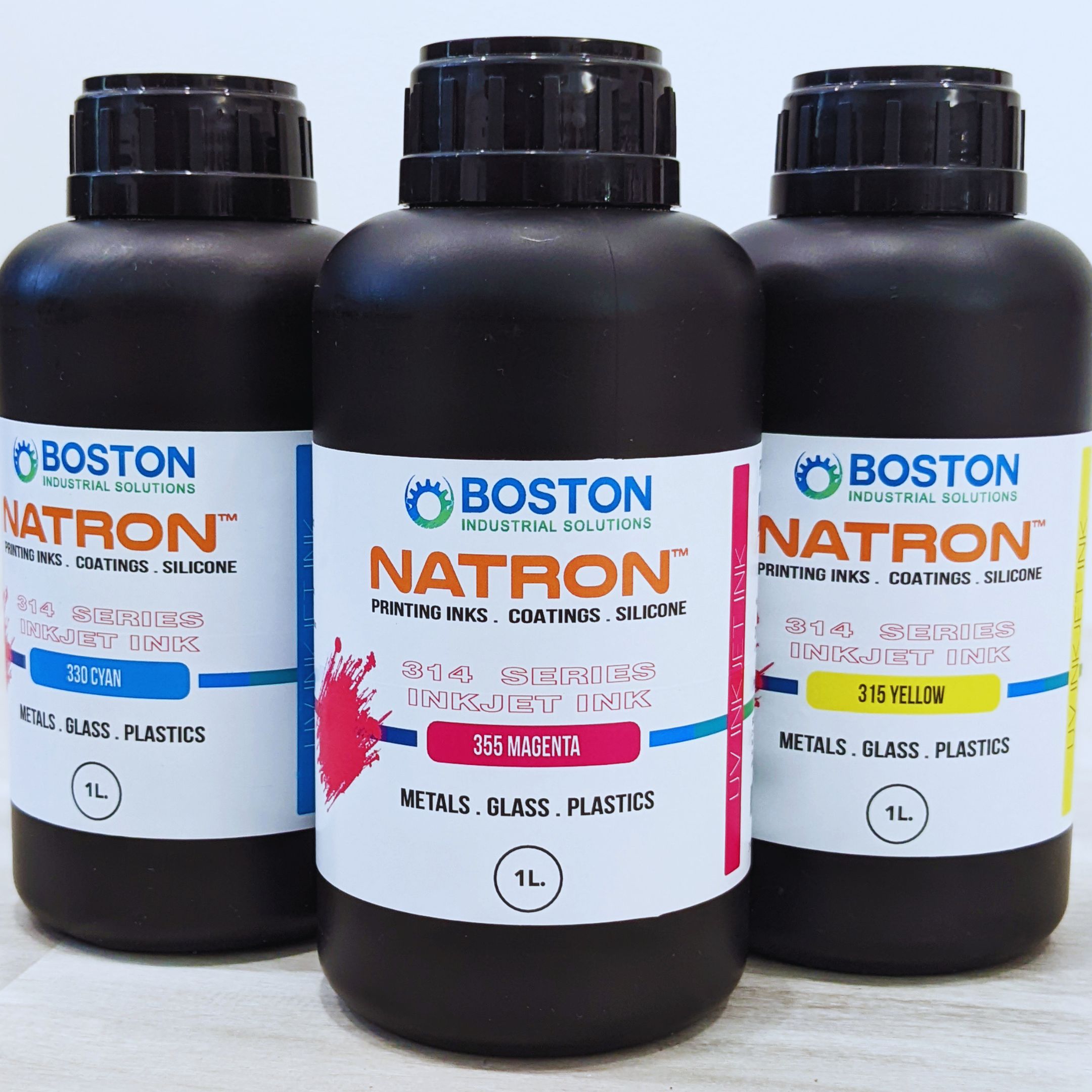PP PRIMER – PP ADHESION PROMOTER FOR PLASTICS
Polypropylene primer (Natron PP primer) is a special adhesion promoter for plastics formulated to guarantee printing ink adhesion on difficult-to-print low surface energy plastics such as polyolefins, polypropylene (PP), polyethylene (PE), (HDPE), (r-HDPE), polyacetal (POM), nylon (nylon 6-6, nylon 6/6, nylon 6,6, or nylon 6:6), EPT rubber, acetal, and nylon coated with thermoplastic polyurethane (TPU). This adhesion promoter for polyropylene reduces surface tension to improve printing ink bonding onto low-energy substrates. Both polypropylene and polyethylene are common plastics that are impossible to print. Learn what is polypropylene primer?
Both solvent-based inks and UV inks do not bond well to low-surface-energy plastics such as polypropylene. For example, TP pad printing ink for plastics prints on a wide range of plastic substrates. The same applies to the Natron 314 UV ink. However, there are some plastics that are more challenging for the printing ink to bond to than others. As a result, printing ink need printing an adhesion promoter for plastics to perfectly bond onto LSE Plastics. Additionally, the Natron PP Primer is an excellent UV adhesion promoter (primer) for UV printing on polyamide or nylon 6.6 materials.
These are low-surface-energy (LSE) plastics, according to the finecal article “How to Bond Low Surface Energy (LSE) Plastics.” This low surface energy property inhibits an ink’s ability to “wet out” or bond to the plastic surface. This of course causes problems for many plastic inks leading to weak adhesion or failure of the ink to adhere at all onto the plastic substrate. For this reason, you need the UV adhesion promoter for polyropylene plastic materials. Learn more about the EK series our Solvent based pad printing ink for plastics.
Characteristics of Low surface energy plastics, or LSE plastics
LSE plastic materials are generally soft and have a low melting point, so they’re easy to process, even at high volumes. Additionally, they have a low density, which helps with their light weight. Because low surface energy is the primary characteristic of this group, they’re difficult to print on and bond with.
Learn more about Natron G1 Glass Primer for UV Inkjet printing.
The Natron Plastic Primer is used to:
- – Reduces product surface tension for better bond
- – Guarantee ink adhesion polypropylene & polyethylene
Read why priming is the solution blog article for more insights about adhesion promoters.


